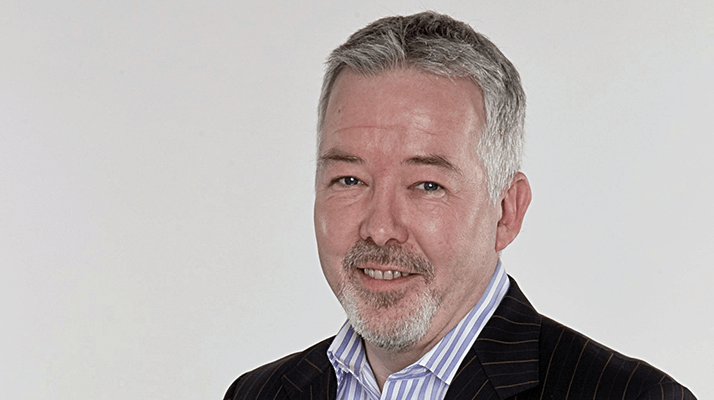



Tell us about your move from Dundee, Scotland to Auckland. You took a whole department..? I moved to New Zealand 15 years ago. Dundee was a progressive university, long well-known for its clinical research and exceptional surgical teaching. About eight people worked with me whilst I was professor in the university department (now expertly headed by Carrie MacEwan) and four of us (plus two colleagues from England) relocated. Unfortunately there wasn’t a lot of basic research funding in Scotland at that time. However, I did a lot of refractive surgery in the 1990s and we reinvested all income from that into the department – the laser research unit was, in effect, run as a quasi-public/private setup… but I didn’t believe that was a sustainable way of paying for research.
Ultimately, I decided to move to New Zealand for a number of reasons. The university of Auckland offered the dual challenge of setting up a new university department and leading the public clinical ophthalmology service. In support, they offered to: fund six staff; contribute around NZ $2.5 million in start-up funding; create two large laboratories; provide three clinical research areas and several offices. Although the university unit had only two staff at the time, the public hospital’s ophthalmology department was well established with 25 consultants. The University’s investment enabled us to create a world-class ocular imaging unit, establish laboratory and clinical teams focused on corneal and anterior segment diseases, and support clinical and research fellowships. Initially we didn’t need to worry about grants to fund key projects – although we’ve generated over NZ $20 million for research in intervening years. There’s actually less research funding available in New Zealand than in the UK, but as always, there’s a fair bit of serendipity, and we have greatly benefitted from New Zealanders’ philanthropy!
Quite a journey, though… It is literally the end of the Earth. A common phrase you hear from New Zealand researchers is the “tyranny of distance”; to get from my home in New Zealand to a hotel in London takes 29 hours. You get used to it. We now have a team of 60 staff and post-graduate students, and have grown from one professor to three professors and five associate professors and a cosmopolitan team representing 16 countries.
What’s the next big thing in ophthalmology? Two words: stem cells. Many centers, including ours are working on corneal endothelial, stromal and epithelial stem cells, however, Shigeru Kinoshita is the man of the moment in corneal endothelium – he’s developed this novel, potentially topical, drug based on a ROCK inhibitor which may allow the corneal endothelium to regenerate in certain circumstances. Others including Donald Tan are working on limbal stem cells and regeneration of the corneal surface. And this is what you’re actively involved in now? Our research covers everything from ocular imaging, genetics, cell biology, therapeutics, drug development, and clinical areas of: external eye disease, transplantation, cataract surgery, glaucoma and neuro-ophthalmology. Stem-like cells are a strong focus. We culture holoclones from all three corneal cellular layers, and we are increasingly performing ex-vivo expansion of limbal cells for human transplantation – two in the last three months – for limbal stem cell failure. We take a tiny biopsy of corneal epithelial “stem” cells from the opposite eye (or a living donor) then culture them in the lab for three weeks on amniotic membrane. Once we remove the superficial corneal scarring, we transplant the donor epithelial cells to resurface the eye. Obviously, patients need to be immunosuppressed if the cells aren’t their own. It’s still early days – we have only performed nine cases so far – but we already have reasonable success. A couple of patients thought to be permanently blinded by corneal disease are now driving cars!
So stem cells are your research group’s future? It’s certainly a key part of it. We’re trying to construct a whole biological cornea in the lab – a biomechanical matrix that we can seed with epithelium, keratocytes and endothelium. In our team Dipika Patel is using biological materials to develop a substitute “corneal” matrix, Trevor Sherwin is using induced pluripotent stem cells to regenerate tissue, and Colin Green is using a connexin antisense technique, Nexagon, to modify inflammation and healing in ocular surface damage. In fact Colin’s laboratory bench-to-bedside approach has led to a number of spin-off drug patents and US $60 million in investment. Human studies of a manufactured biological cornea are probably 10 years away, but in theory, if the various components work, we might be looking at a healthy replacement for layers of – or the whole – cornea in the foreseeable future.
